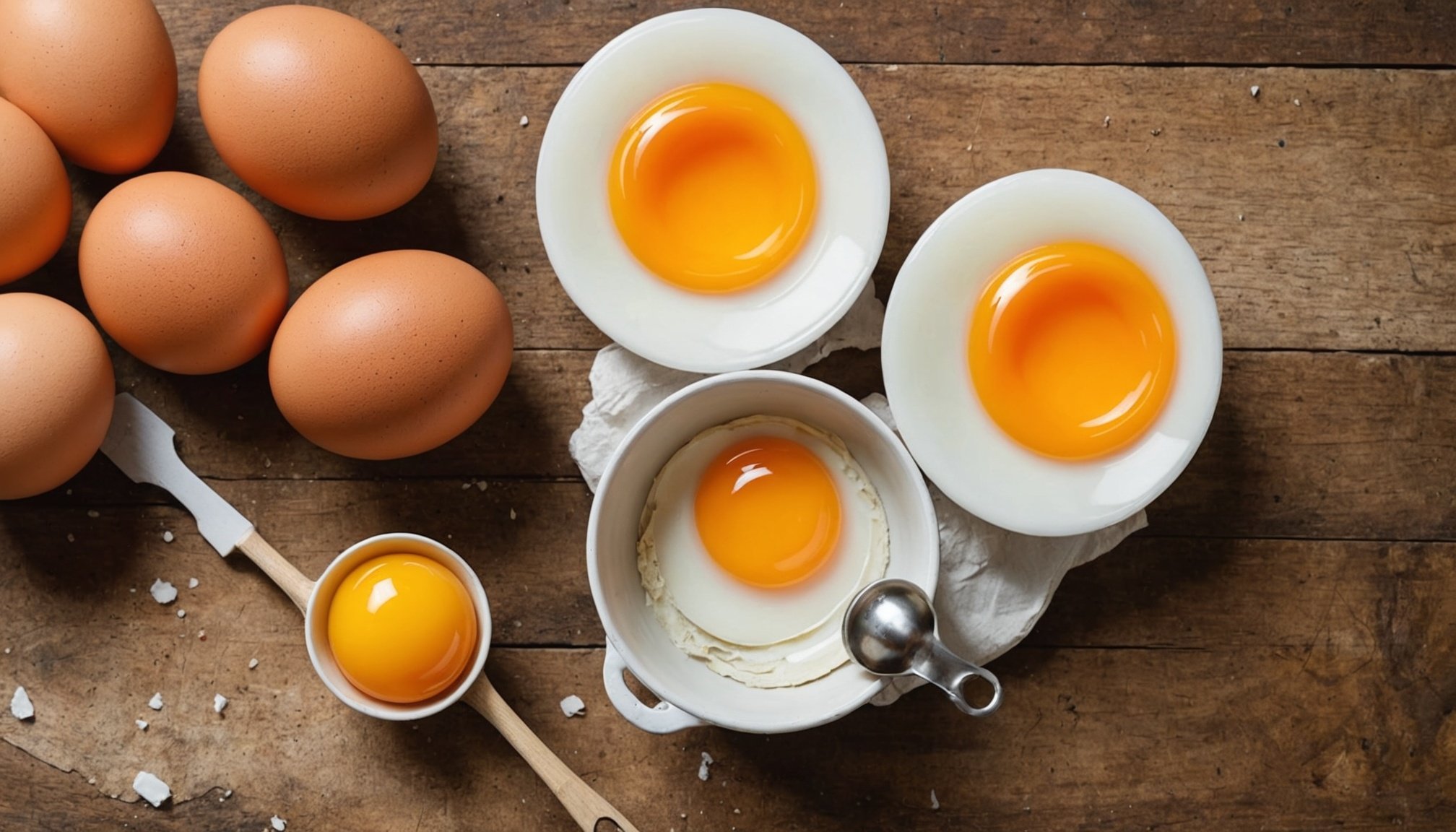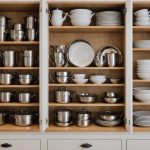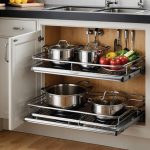Egg Separation Simplified: Essential Tools for Perfectly Intact Yolks Every Time!
The Importance of Egg Separation in Cooking
Egg separation is a crucial step in many cooking recipes, whether you’re making a delicate meringue, a rich custard, or a simple omelette. The ability to separate egg whites from yolks efficiently and without breaking the yolks can make a significant difference in the final outcome of your dishes. Here, we’ll explore the essential tools and methods that can help you achieve perfectly intact yolks every time.
Types of Egg Separators
When it comes to separating eggs, having the right tool can be a game-changer. Here are some of the most common types of egg separators available in the market:
Topic to read : The Ultimate Guide to Choosing the Best Ceramic Knife Sharpener for Your Japanese Knives
Manual Egg Separators
Manual egg separators are simple, cost-effective, and often preferred by home cooks. These tools typically feature a design with a hook or a small bowl that allows you to crack the egg and separate the white from the yolk.
- Example: The stainless steel egg yolk separator with a comfortable handle and hook design is ideal for fixing onto a bowl, making the separation process smooth and efficient[2].
- Advantage: These separators are easy to clean, durable, and do not require any electricity.
2-in-1 Egg Separators with Egg Breaker
For those who need to separate multiple eggs at once, a 2-in-1 egg separator with an egg breaker can be very handy. These tools allow you to crack and separate up to 5 eggs in one go.
Also to see : How can a blender be utilized creatively for both drinks and meals?
- Example: The 2-in-1 egg separator for raw eggs comes with an egg breaker, enabling you to separate yolks and whites quickly and efficiently[3].
- Advantage: These separators save time and reduce the risk of breaking the yolks.
Industrial Egg Separators
For commercial kitchens or large-scale food preparation, industrial egg separators are the way to go. These machines can separate the whites from the yolks of multiple eggs simultaneously.
- Example: Combined egg separators are capable of separating the white from the yolk of one or several eggs at once, making them ideal for businesses that require high efficiency[1].
- Advantage: These machines are highly efficient and can handle large volumes of eggs.
How to Choose the Right Egg Separator
Choosing the right egg separator depends on your specific needs and the scale of your cooking operations. Here are some key factors to consider:
Durability
Look for separators made from high-quality materials such as stainless steel, which is resistant to corrosion and easy to clean[5].
Ease of Use
Opt for a separator with a comfortable handle and a design that makes it easy to crack the egg and separate the yolk without breaking it[2].
Capacity
Consider how many eggs you need to separate at once. For home cooks, a manual or 2-in-1 separator might be sufficient, while commercial kitchens may require industrial separators[1].
Cleaning
Ensure the separator is easy to clean and maintain. A dishwasher-safe separator can save you a lot of time and effort.
Tips for Perfect Egg Separation
Here are some practical tips to help you separate eggs like a pro:
Use Fresh Eggs
Fresh eggs have a firmer white and a more defined yolk, making them easier to separate.
Use Cold Eggs
Cold eggs are easier to separate because the whites are firmer and less likely to break the yolks.
Crack Gently
Crack the egg gently on a flat surface to avoid breaking the yolk.
Use a Bowl
Crack the egg into a small bowl first to ensure you can separate the yolk and white cleanly before transferring them to your main bowl.
Common Mistakes to Avoid
When separating eggs, there are a few common mistakes to avoid:
- Breaking the Yolk: This is the most common mistake. To avoid it, crack the egg gently and use a separator that allows you to separate the yolk without breaking it.
- Getting Shell in the Egg: Always crack the egg on a flat surface and inspect the egg for any shell fragments before separating.
- Using Room Temperature Eggs: While room temperature eggs are better for some recipes, they are not ideal for separation. Cold eggs are generally easier to separate.
Table: Comparison of Egg Separators
| Type of Separator | Material | Capacity | Ease of Use | Durability | Price Range |
|---|---|---|---|---|---|
| Manual Separator | Stainless Steel | 1-2 eggs | Easy | High | $5-$15 |
| 2-in-1 Separator | Plastic/Stainless Steel | Up to 5 eggs | Moderate | Medium | $10-$25 |
| Industrial Separator | Stainless Steel | Multiple eggs | Complex | Very High | $50-$200 |
Recipes That Require Perfect Egg Separation
Egg separation is crucial in many recipes. Here are a few examples:
Meringues
Meringues require egg whites to be beaten until stiff and dry. Any yolk in the whites can prevent them from whipping properly.
Custards
Custards, such as crème brûlée, require egg yolks to be mixed with sugar and milk. The presence of egg whites can make the custard too watery.
Poached Eggs
While poached eggs do not require separation, having a clean and intact yolk is essential for the best presentation.
Quotes from Chefs and Home Cooks
- “Using the right egg separator has transformed my baking. I can now make meringues and custards with ease and precision.” – Sarah, Home Baker
- “In a commercial kitchen, efficiency is key. Our industrial egg separator has saved us so much time and reduced waste significantly.” – Chef John, Restaurant Owner
- “I used to struggle with separating eggs until I found a good manual separator. Now, it’s a breeze, and my recipes turn out much better.” – Mark, Home Cook
Separating eggs efficiently is a skill that can elevate your cooking and baking to the next level. With the right tools and a few simple tips, you can ensure perfectly intact yolks every time. Whether you’re a home cook or a professional chef, investing in a good egg separator is a decision you won’t regret. So next time you’re in the kitchen, take a moment to appreciate the simplicity and effectiveness of these essential tools. Happy cooking











